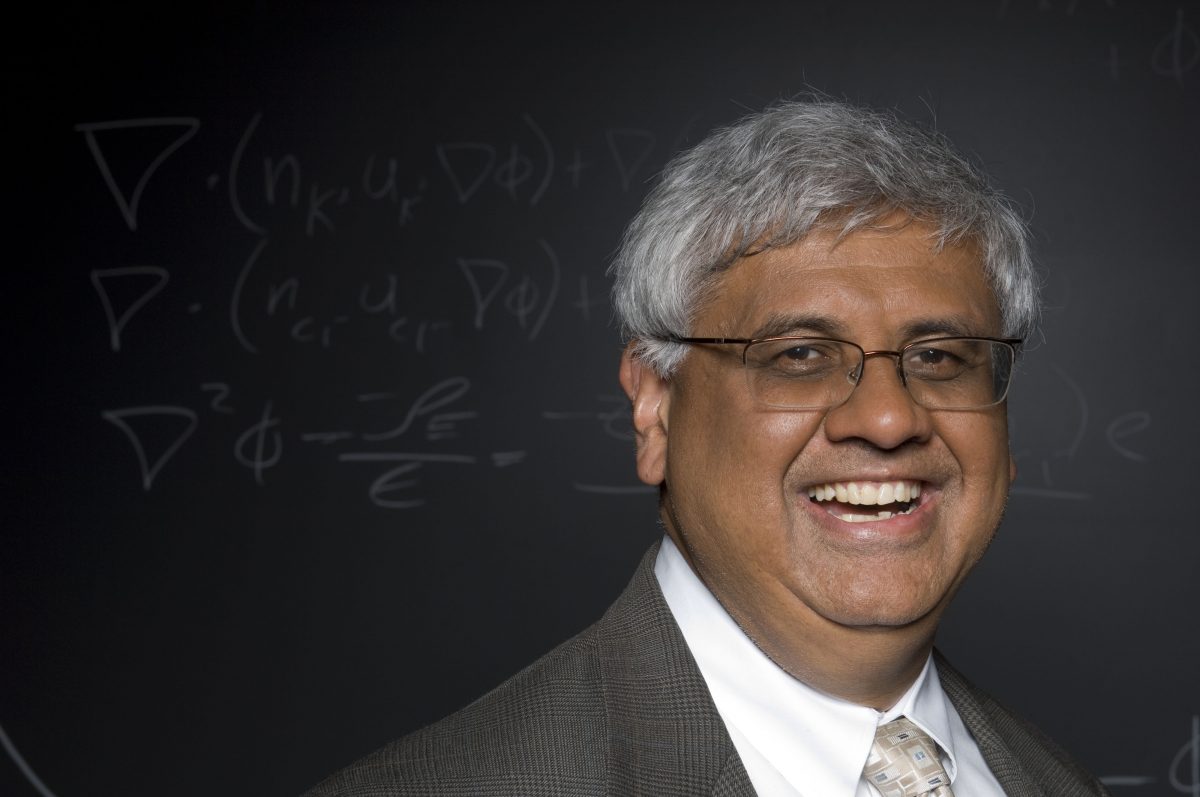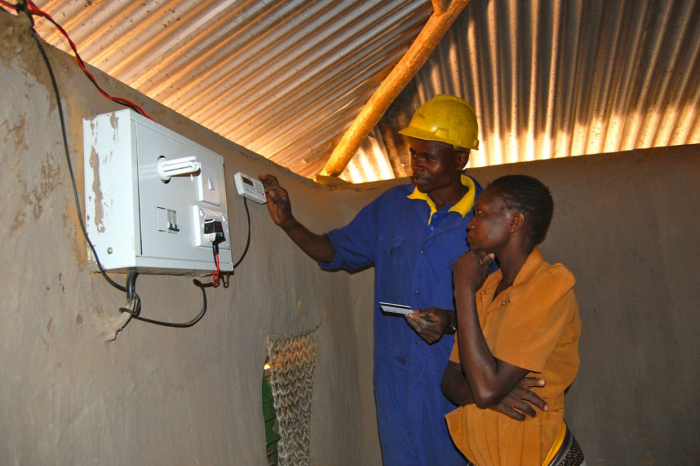This winter, the Blum Center was among the many groups in academia and development to celebrate the recipients of the Nobel Prize in Economics. Professors Abhijit Banerjee and Esther Duflo of MIT and Michael Kremer of Harvard were lauded for their innovative use of randomized control trials and behavioral economics to evaluate the effectiveness of global poverty interventions—and for a body of scholarship that has transformed the field of development economics.
Stated the Royal Swedish Academy of Sciences: “This year’s Laureates have introduced a new approach to obtaining reliable answers about the best ways to fight global poverty. In brief, it involves dividing this issue into smaller, more manageable, questions—for example, the most effective interventions for improving educational outcomes or child health. They have shown that these smaller, more precise, questions are often best answered via carefully designed experiments among the people who are most affected.”
One of Banerjee, Duflo, and Kremer’s innovations—strengthened by other leading development economists like UC Berkeley’s Edward Miguel—is to emphasize the importance of field work and the contribution of teams. Previously, development economists worked largely in isolation; today, their studies often include dozens or even hundreds of people representing government, nonprofits, civic organizations, and private firms. This approach leads to greater transparency of both the data collected and the methodology used, as well as a richer inquiry into which poverty reduction programs and policies should be studied and whether or how they should grow.
At the Blum Center, we are studying how advances in development economics are part of a new and emerging field, which we call “global problem solving” and “development engineering.” This field is responsive to the UN Sustainable Development Goals and to the fact that, in many cases, we have the scientific and technological tools to meet the United Nations’ 17 goals but not the financial will or transformative tools for changing people’s behavior to achieve them. Development engineering builds on what development economics has revealed—which poverty interventions are succeeding—and then modifies or scales or re-invents them for implementation elsewhere.
In this way, development engineering is both deeply indebted to development economics as well as a transdisciplinary field for our time. Its rigor is in understanding complex societal challenges—such as the need to build earthquake and typhoon-resistant homes around the globe—and then devising the technological, cultural, financial, policy tools, and work force development to implement these problem solutions.
Elizabeth Hausler, who received her PhD in civil and environmental engineering from Cal, and went on to found Build Change to empower people to live and learn in safer homes and schools, is an exemplary development engineer. When she visited the Blum Center recently, she said her organization’s greatest challenge is not in seismic technologies but in all that surrounds resilient construction in developing nations: community buy-in, policy frameworks, government advocacy, financial product availability and affordability, and ensuring local construction workers are well trained.
Hausler called her efforts “Money, Technology, People” or “The Financial, The Technical, and the Social,” describing a kind of holy trinity of development engineering demands. Another way to describe development engineering is that it enables iterative problem identification and solution formulation propelled by interdisciplinary teams. In essence, we are advocating a transdisciplinary approach that combines the insights-oriented rigor of development economics with the solutions-oriented rigor of engineering. We also aim to integrate business, natural resources, public health, and social sciences into development engineering in order to appropriately and ethically create, implement, and scale new technologies to benefit people living in resource-deprived regions.
Over the next year, the Blum Center will take steps toward realizing the promises of development engineering by partnering with the College of Engineering and the Haas School of Business to hire two tenure track professors. One will be an assistant professor whose focus area may include: engineering better health, the nexus of food, energy and water systems, accessible low-cost energy technologies, the digital transformation of societal systems, climate change mitigation, or sustainable design and communities. Applicants will be hired 50 percent into the Blum Center and 50 percent into a home department in Bioengineering, Civil & Environmental Engineering, Electrical Engineering & Computer Sciences, Industrial Engineering & Operations Research, Materials Science & Engineering, Mechanical Engineering, or Nuclear Engineering.
The second hire will be an assistant, associate, or full professor in Entrepreneurship in Developing Economies who will split his or her time between the Blum Center and the Haas School and whose research topics may include productivity, innovation, small and medium-sized enterprises, financing for entrepreneurial activities, start-ups, venture capital funding, incubators, and policies to promote new businesses.
These professors will help us realize the promises of development engineering and be leaders, with their future students, in the achieving the UN Sustainable Development Goals.
Shankar Sastry is Faculty Director of the Blum Center for Developing Economies and NEC Distinguished Professor of Electrical Engineering and Computer Sciences at UC Berkeley.



